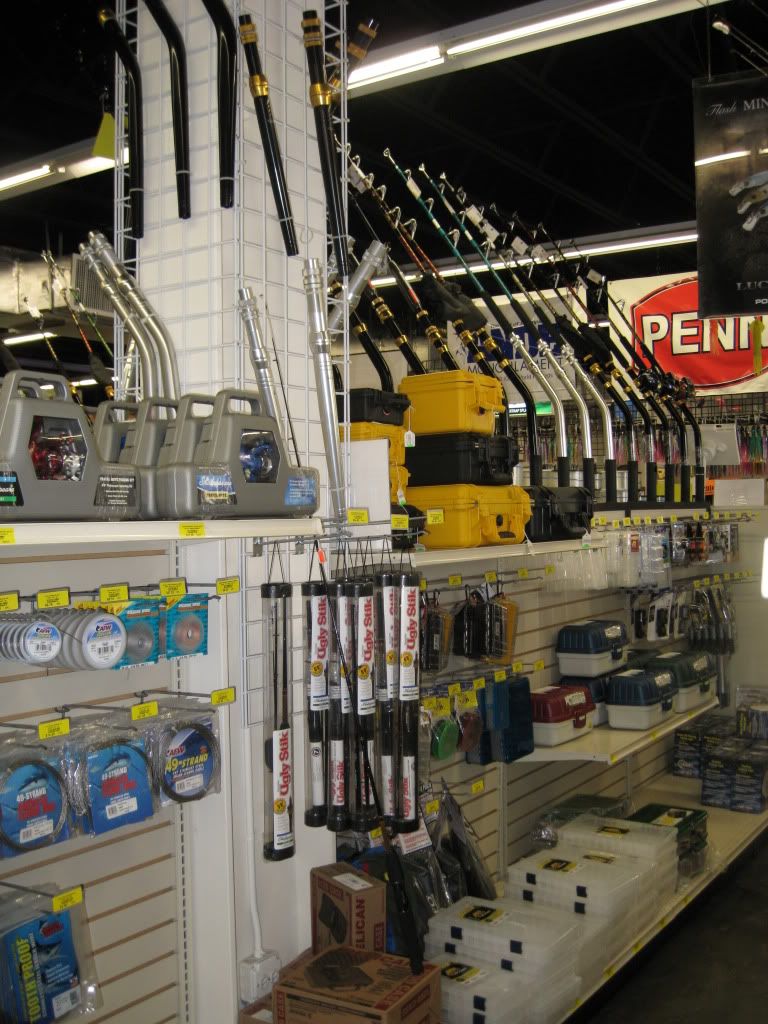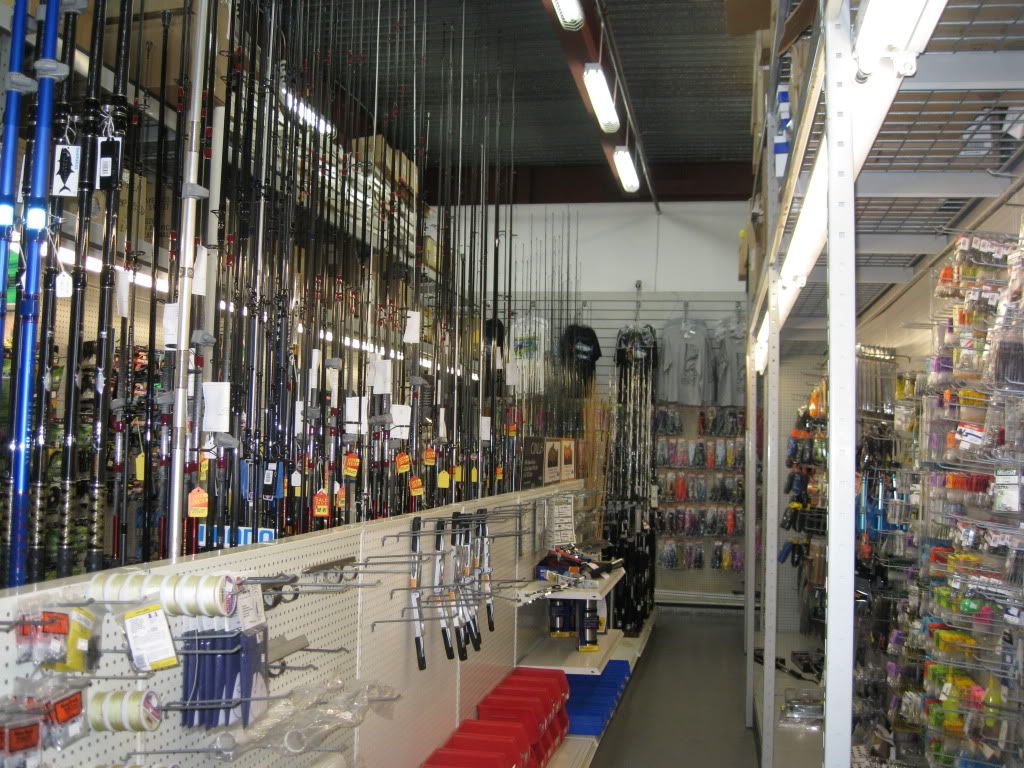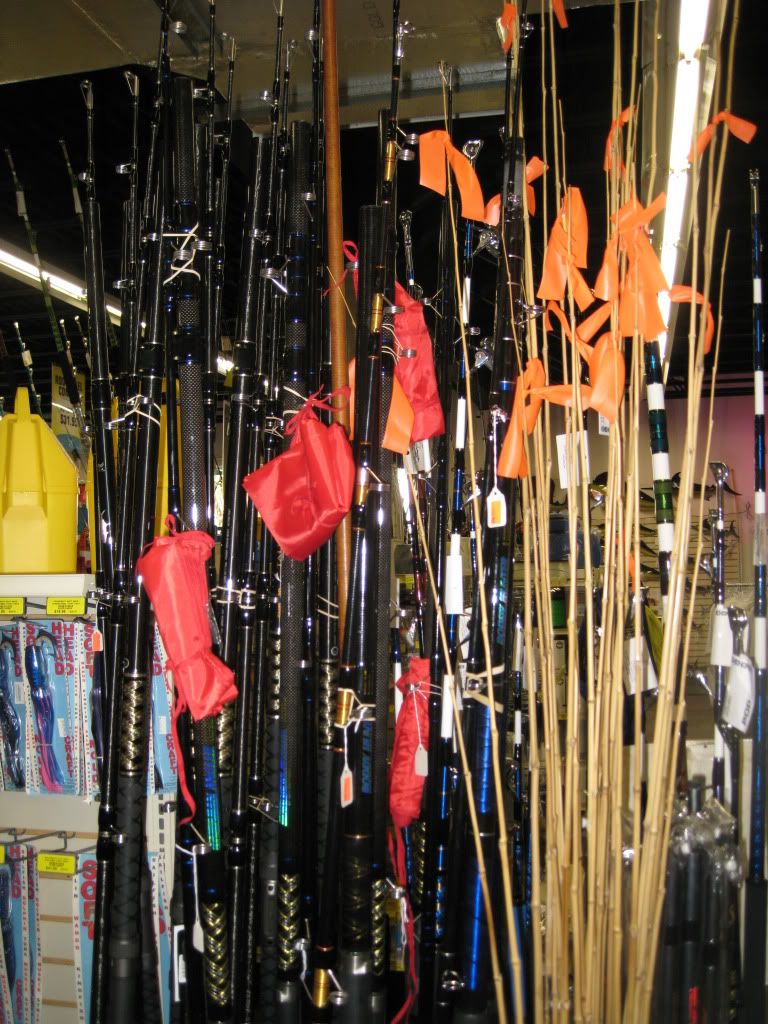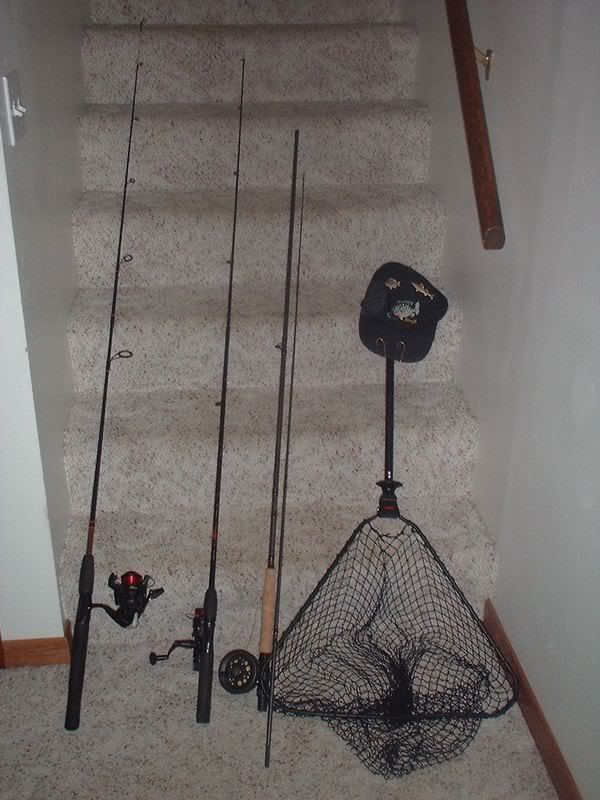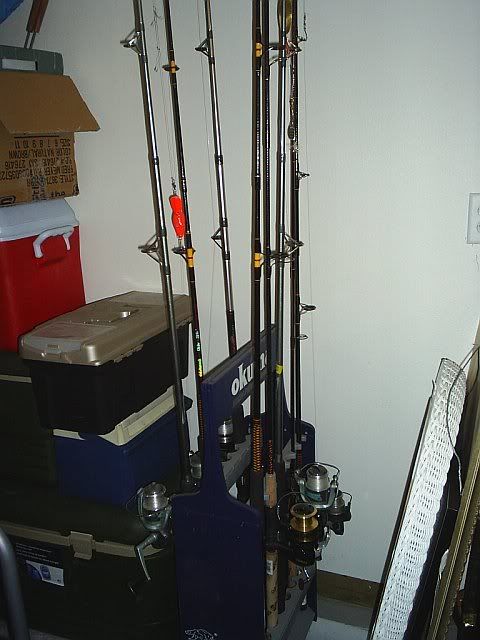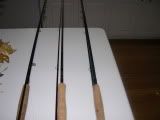Where to Find Catfish
Catfish frequent sunken trees, reed and weed beds, deeper water and holes. Although they prefer these locations, catfish will range far and wide when feeding, so anglers have a wide range of locations where they can drop their bait. These fish also may congregate near sand bars and gravel bars. Their diet is highly variable and includes mussels, crayfish, snails, shrimps and even dead fish.
Fishing Rods and Reels for Catfish
A fishing rod length of about 12 feet with a 2 1/2 pound test curve is adequate for catfish. The fishing pole action is particularly important in catfish rigs. The term "action" refers to how the pole reacts to bending force and its rate of recovery to a neutral position. Tip action rods flex more toward in the tip and slow action rods flex more toward the butt. For catfish fishing, choose a through-action rod where the flexibility is balanced between tip and butt. A reel for catfish fishing equipment should have a capacity of at least 200 yards for 12 to 15 pound test line. This larger quantity is necessary because these fish are capable of running long distances. Fishing reels for catfish should have the bait runner feature that enables the angler to pay out line freely without tension to the fish. A flick of a lever returns tension to the spool.
Hooks and Leaders for Catfish
Choose strong, sharp hooks with a wide gap for your catfish fishing gear. Double or treble hooks are not recommended, as they are not considered a humane way to hook a fish. These hooks are capable of pinning the fish's mouth shut, ensuring certain death should it escape the fisherman. Because of the areas frequented by catfish, choose an abrasion resistant line for leaders. The line is also abraded by the fish's teeth. A thin and supple braided leader is also recommended. Never use a wire leader as it can irreparably damage a catfish's mouth.
Landing a huge catfish can be a challenge for the most experienced UK angler. The correct fishing tackle can make the difference between success and failure.
Ronan is a passionate fisherman and always looking at new materials and flies and their effects on the quarry fish. Ronan has been lucky in fishing all around the world for many different fish species including salmon, trout, steelhead, pike (or muskie) through to sailfish and marlin.
Ronan Bill is a fishing and hunting equipment professional and a part of Keenstackleandguns. He has more than 25 years experience fishing for all types of fish, and 15 years of business and internet experience. Keens is an ultimate source for fishing and hunting equipments, regardless of the type of fishing or hunting equipments you choose, Keens store is the best you can afford. Keens specializes in Fishing Equipment, Fishing Tackle, Hunting Equipment, to be more precise Fishing equipment for sale, Fly fishing equipment, Fishing tackle equipment, Carp fishing equipment, Sea fishing equipment, Carp fishing tackle , Coarse fishing tackle, Fishing tackle boxes, Sea fishing tackle, Fishing tackle shops, Fly fishing tackle, Archery hunting equipment, Best hunting equipment, Buy hunting equipment, Deer hunting equipment, Bow hunting equipment, Hunting equipment UK.
For more information feel free to get in touch with us at http://www.keenstackleandguns.co.uk/
Article Source: http://EzineArticles.com/?expert=Ronan_Bill
See my previous post : 8 Step to Fishing Rod Maintenance
